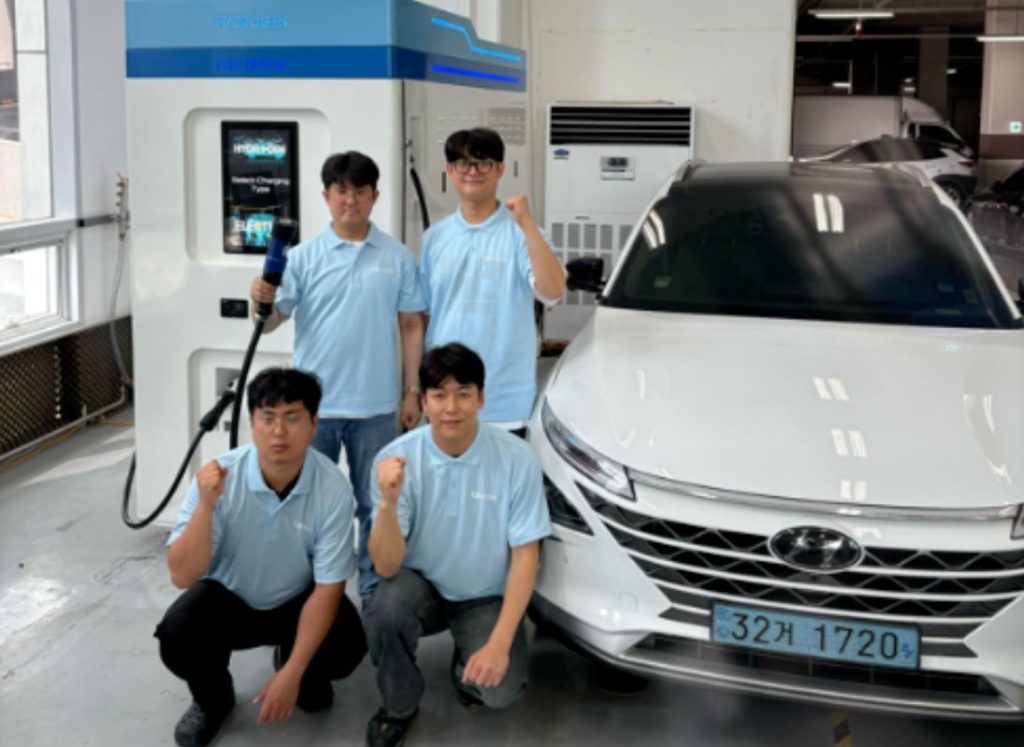As investment in green hydrogen intensifies globally, South Korea’s Lightbridge has secured a ₩4 billion (approximately $2.9 million) Series A round, signaling investor appetite for compact, modular electrolysis systems optimized for regional deployment. The company’s strategic focus on customization and certification readiness positions it to address one of the industry’s most pressing bottlenecks: the development of localized, scalable hydrogen infrastructure.
Modular Electrolysis in Focus
Lightbridge, under the leadership of CEO Jong-Hoon Kim, is advancing a flexible electrolysis platform—dubbed the ‘H-Bridge’—that integrates water electrolysis, purification, compression, and charging in a single unit. This modular stack design targets small to medium-scale hydrogen demand, addressing the economic and logistical constraints that often hamper project viability outside of industrial-scale production hubs.
The investment round drew funds from four tech- and energy-focused VCs—Anda Asia Ventures, Ubiquoss Investment, and Magna Investment—via green energy vehicles such as the ‘Smart Anda-Otech Carrier Green New Deal Fund’ and ‘UI Carbon Neutral e-New Industry Promotion Fund.’ These fund structures reflect growing policy-driven alignment across Korea’s financial and hydrogen technology sectors, especially in the context of regional innovation and energy transition mandates.
From Export to Embedded Infrastructure
The $2.9 million capital injection is earmarked for advancing Lightbridge’s modular electrolysis stack, enhancing its global certification portfolio (including UL and CE compliance), and deepening verification activities across North American and European markets. These steps reflect a broader industry shift: hydrogen OEMs are no longer simply targeting equipment exports but are pivoting toward embedded, locally certified infrastructure plays.
Lightbridge’s recently signed 1.35 MW electrolysis supply contract with a renewable energy partner in California marks a first step in this direction. In parallel, the company reports ongoing technology reviews and supply discussions with over 10 clients across the U.S. and Europe. These include potential collaborations that may coalesce into distributed hydrogen ecosystems, especially relevant as decentralized energy resilience becomes a policy imperative on both continents.
Certification as a Competitive Edge
While many hydrogen tech firms struggle to move past pilot-scale deployments, Lightbridge is leaning into early compliance with international certification frameworks. For instance, UL and CE markings are increasingly non-negotiable for market access in the U.S. and EU, respectively. By frontloading certification efforts, Lightbridge appears to be positioning itself not just as a tech supplier but as a long-term infrastructure partner, particularly for municipalities and utilities seeking modular solutions.
This proactive stance may prove decisive. As green hydrogen standards continue to evolve—especially under frameworks such as the EU’s Renewable Energy Directive II and the U.S. Department of Energy’s funding guidelines—pre-certified, adaptable platforms could lower integration timelines and total cost of ownership for end-users.
Technology Stack Diversification
In addition to its flagship alkaline-based system (AEL), Lightbridge is expanding into PEM (proton exchange membrane) and AEM (anion exchange membrane) modules. This diversification is critical in addressing different use-case requirements: AEL remains cost-effective at scale, PEM is favored for fast-response urban deployments, and AEM is gaining traction as a potential middle ground combining efficiency with material cost benefits.
By offering a portfolio across these electrolysis types, Lightbridge increases its optionality in a fragmented market where no single electrolysis technology dominates. The company’s multi-platform strategy could serve as a hedge against regulatory or performance shifts, particularly as life-cycle emissions and system durability metrics come under heightened scrutiny from investors and regulators alike.
Toward Regionalized Hydrogen Supply Models
Rather than pursuing a one-size-fits-all export model, Lightbridge is betting on regionalized, tailored hydrogen supply platforms. CEO Jong-Hoon Kim emphasized the importance of matching modular systems to “conditions of each demand site,” underlining the firm’s intention to adapt to local grid, climate, and regulatory environments.
This approach echoes an emerging consensus within the hydrogen sector: the future of hydrogen infrastructure likely lies in distributed, modular systems rather than mega-projects alone. As policy incentives and carbon accounting frameworks increasingly reward local sourcing and reliability, adaptable electrolysis units like Lightbridge’s H-Bridge may fill critical gaps in regional hydrogen value chains.
Investor Confidence, but Scale Still Pending
While the Series A marks a notable milestone, Lightbridge remains in early commercial stages, with large-scale deployments yet to materialize. The market will watch closely to see whether the company can deliver on its promise of scalable, certified, and cost-competitive systems in multiple geographies.
For now, investor confidence appears well-founded, especially in a climate where governments and corporations are racing to establish footholds in the hydrogen economy. Lightbridge’s blend of modular design, technology diversification, and certification-forward strategy offers a compelling case study in how second-generation hydrogen startups are adapting to the sector’s evolving demands.
